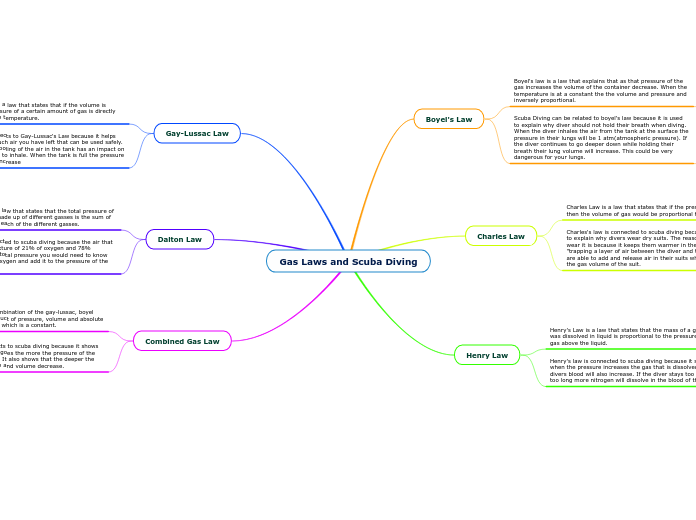par Palak Bhandari - Jean Augustine SS (2612) Il y a 4 années
783
Gas Laws and Scuba Diving

par Palak Bhandari - Jean Augustine SS (2612) Il y a 4 années
783

Plus de détails